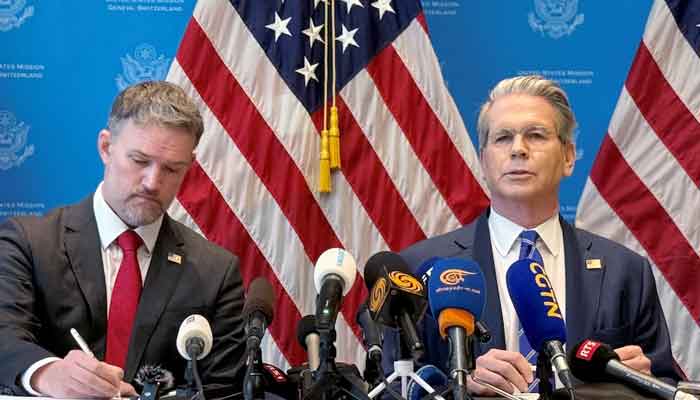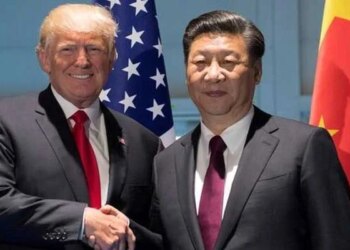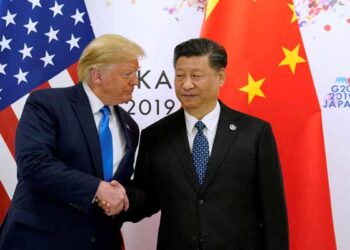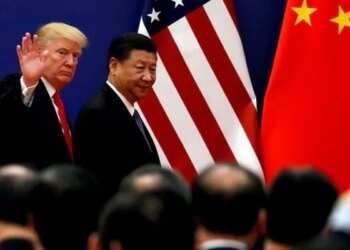Select Language:
Sure! Here’s the content rewritten in American English, made unique, and free of plagiarism:
—
- Bessent announces a reduction in tariffs by over 100 percentage points to 10%.
- Bessent emphasizes that both countries effectively represented their national interests.
- The tariff dispute has caused nearly $600 billion in bilateral trade to come to a halt.
GENEVA: On Monday, the United States and China reached an agreement to significantly reduce reciprocal tariffs while working to resolve a trade conflict that has shaken global markets and impacted economic forecasts.
After conversations with Chinese representatives in Geneva, US Treasury Secretary Scott Bessent informed the media that both nations have consented to a 90-day suspension of recent trade measures, reducing tariffs by over 100 percentage points to 10%.
“Both countries have done a commendable job of representing their national interests,” Bessent remarked. “We share a mutual interest in maintaining balanced trade, and the US will strive toward that goal.”
Bessent spoke alongside US Trade Representative Jamieson Greer after discussions over the weekend, during which both parties noted progress in bridging their differences.
These meetings mark the first direct engagement between senior economic officials from the US and China since US President Donald Trump assumed office and initiated an extensive tariff campaign, particularly targeting Chinese imports.
Since January, Trump has increased tariffs on goods from China to 145%, in addition to the tariffs he applied during his first term and those imposed by the Biden administration.
In response, China has enacted restrictions on exports of certain rare earth elements critical for US manufacturers in technology and defense sectors, while raising tariffs on American goods to 125%.
This tariff contention has effectively frozen nearly $600 billion in bilateral trade, straining supply chains, heightening fears of stagflation, and leading to some layoffs.
Financial markets have been keenly watching for signs of relief from the trade conflict. Following the latest discussions, Wall Street stock futures rose, and the dollar strengthened against safer currencies, as optimism grew about potentially avoiding a global recession.
—
Let me know if you need any further modifications!







